It is very important for rear seat passengers to buckle up! Accident statistics show that unbelted people in the rear seat are hurt more often in crashes than those who are wearing safety belts.
Rear passengers who are not safety belted can be thrown out of the vehicle in a crash. And they can strike others in the vehicle who are wearing safety belts.
Rear Seat Passenger Positions

Lap-Shoulder Belt
All rear seating positions have lap-shoulder belts. Here is how to wear one properly.
- Pick up the latch plate and pull the belt across you. Do not let it get twisted.
- Push the latch plate into the buckle until it clicks. The latch plates in each rear seating position vary in size. If the center rear or the left rear latch plate is inserted into the incorrect buckle, the plate will not latch properly. Be sure you are using the correct buckle and that the latch plate clicks when inserted into the buckle.
- If the belt stops before it reaches the buckle, tilt the latch plate and keep pulling until you can buckle it.
- To make the lap part tight, pull down on the buckle end of the belt as you pull up on the shoulder part.
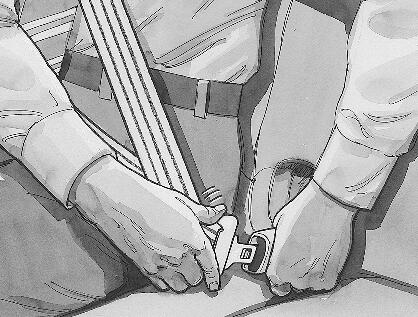
The shoulder belt may lock if you pull the belt across you very quickly. If this happens, let the belt go back slightly to unlock it. Then pull the belt across you more slowly.
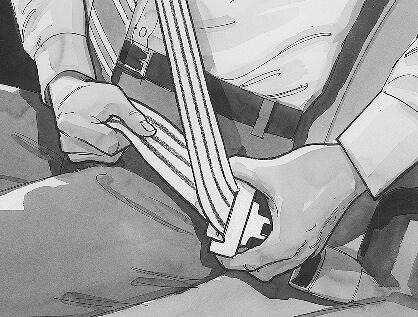
Pull up on the latch plate to make sure it is secure.
If the belt is not long enough, see Safety Belt Extender .
Make sure the release button on the buckle is positioned so you would be able to unbuckle the safety belt quickly if you ever had to.
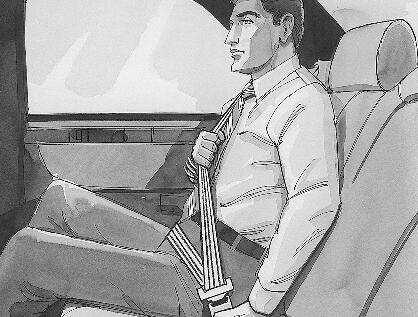
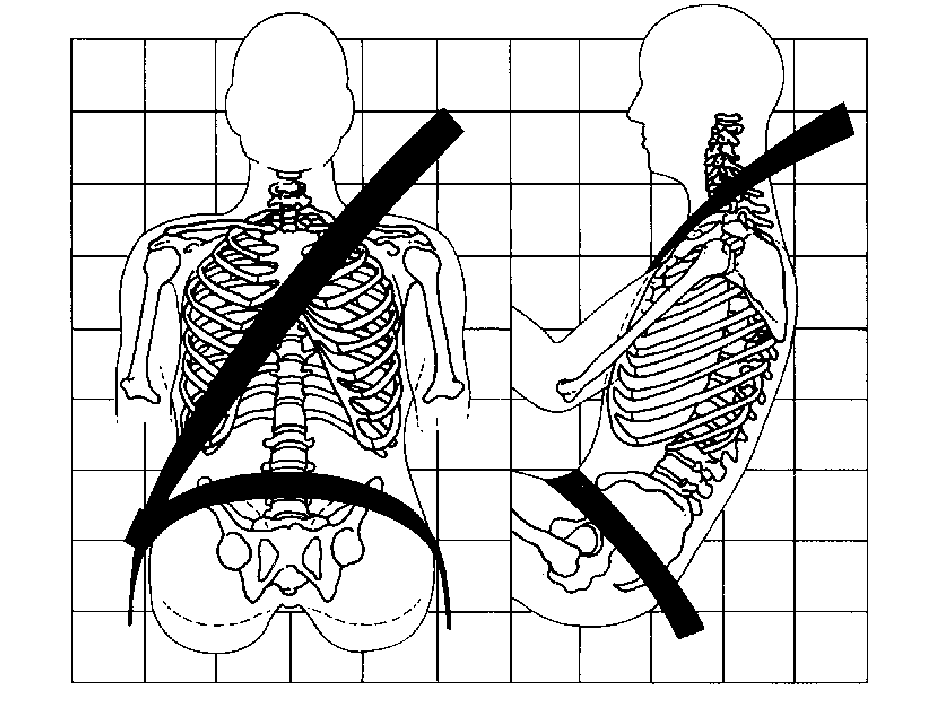
The lap part of the belt should be worn low and snug on the hips, just touching the thighs. In a crash, this applies force to the strong pelvic bones. And you would be less likely to slide under the lap belt. If you slid under it, the belt would apply force at your abdomen. This could cause serious or even fatal injuries. The shoulder belt should go over the shoulder and across the chest. These parts of the body are best able to take belt restraining forces.
The safety belt locks if there is a sudden stop or a crash, or if you pull the belt very quickly out of the retractor.
Caution: You can be seriously hurt if your shoulder belt is too loose. In a crash, you would move forward too much, which could increase injury. The shoulder belt should fit snugly against your body.
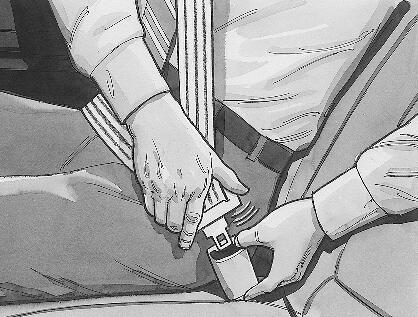
To unlatch the belt, just push the button on the buckle.
